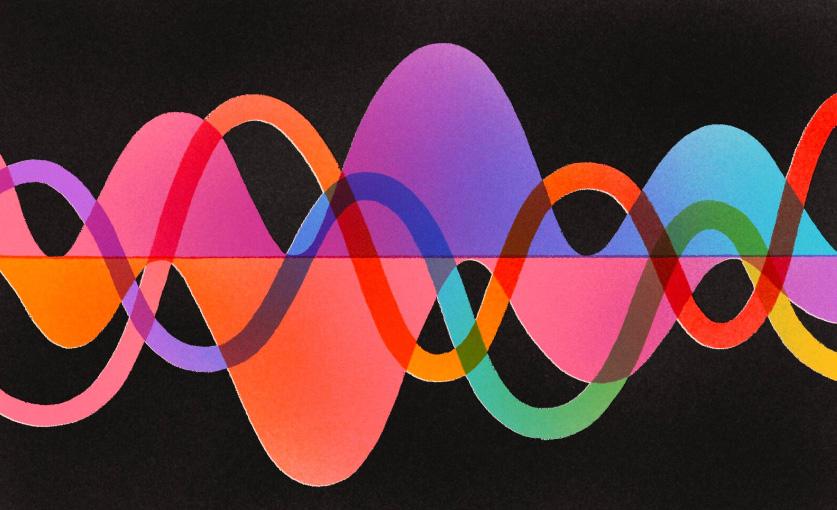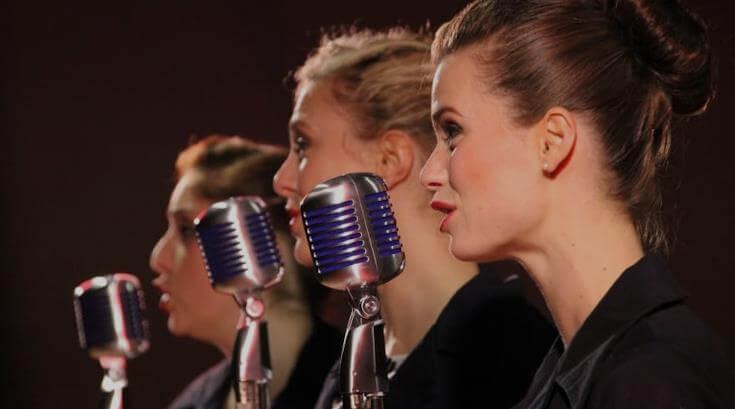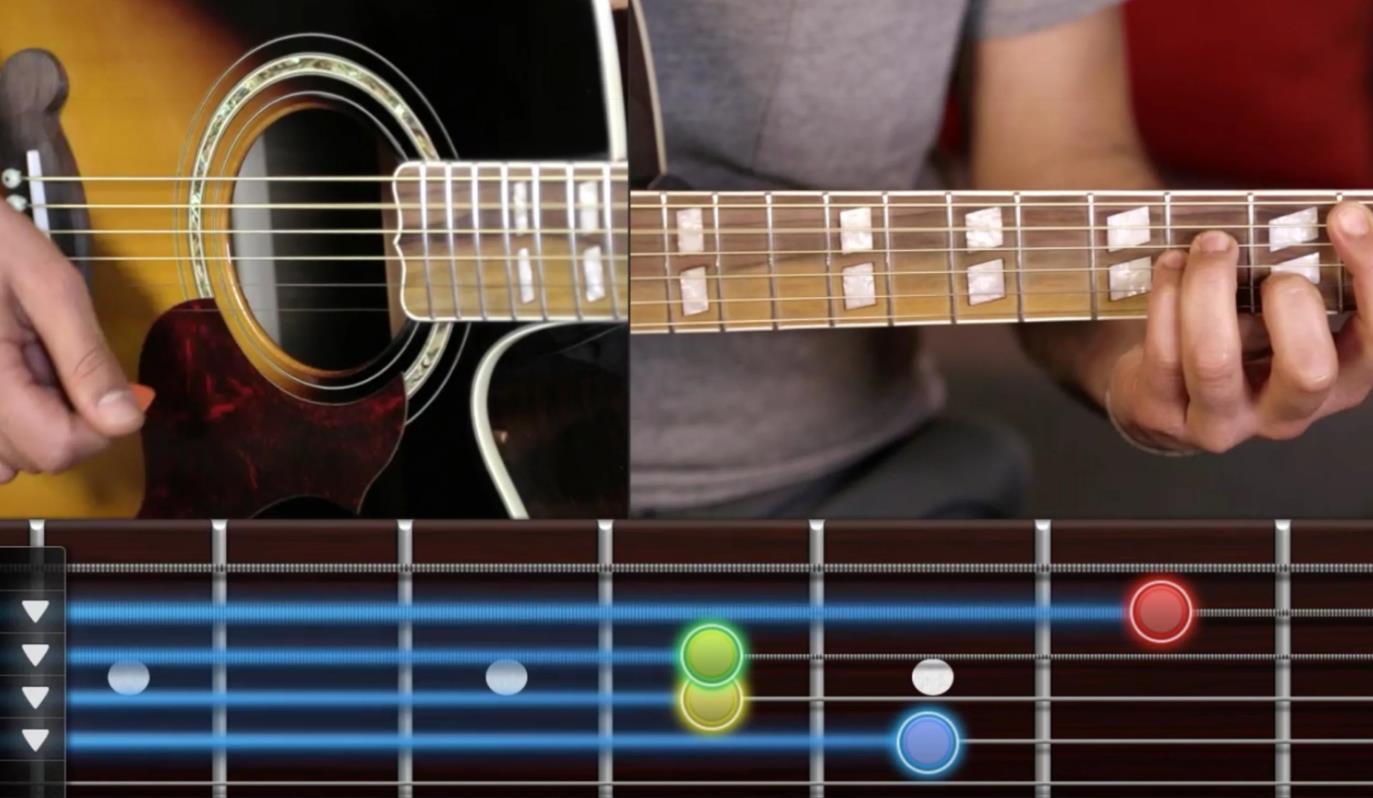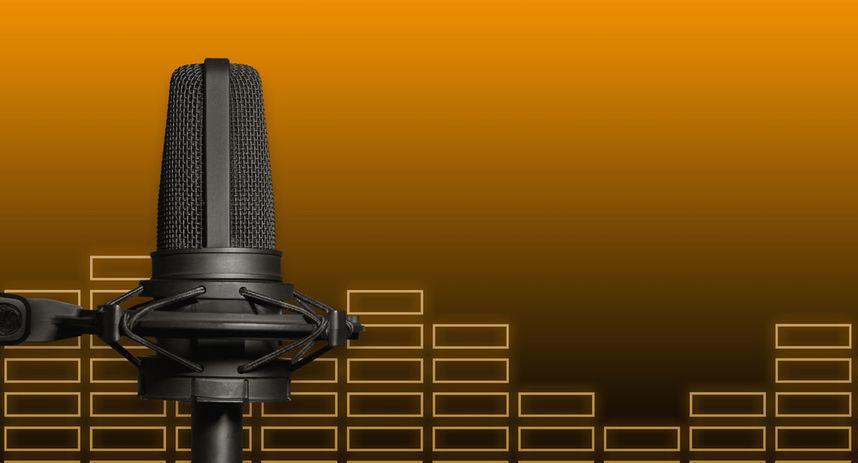What is Polyrhythm in Music

Polyrhythm is a combination of various rhythmic patterns within the same musical signature. It is also defined as the absence of the same minimum duration of notes (such as eighth notes or sixteenth notes) within a given meter.
This phenomenon is common in both academic and folk music, and they have their own characteristics. In academic music, polyrhythm is usually based on a fixed meter, and unequal rhythmic figures are synchronized at certain intervals. In folk music, such as African or Indian, the downbeats in each rhythm often deviate slightly from the exact mathematical beat.
In modern music, polyrhythm is also very common. An example is the basic jazz pulse of “swing”, which is a polyrhythm, creating the feel of a classic 12/8 time signature by layering a swing triplet pattern on a flat quarter bass pattern. However, the task of a jazz musician is not to allow the time signature to equalize, but to create a sound close to folk polyrhythm.
A simple example of polyrhythm is the hemiola, which is a combination of bipartite and triplicate, where the hemiola can create a polyrhythm relative to the main pulsation in the same musical voice.
First, the ear gets used to the three-beat pulsation, which then, with the help of mixing accents, turns into two. However, the ear, by inertia, perceives this two-beat in a three-beat measure, as a result of which a polyrhythmic sound arises.
Combining pulsation on 2 and 3 is the simplest and most common way to create polyrhythm. It is possible, for example, to superimpose quarter triplets onto even quarter notes or eighth notes:
In the second measure, a type of 4 by 3 polyrhythm is formed. Another example of 4 by 3 polyrhythm. Quadruple accents in a triplet line. The reverse combination is also possible – the imposition of three-beat accents on sixteenth notes. One of the popular techniques in jazz is superimposing a quarter note with a dot on a 4-beat meter:
These are the simplest types of polyrhythms. More complex variants of polyrhythm are formed by combining five- and seven-beat pulsations. One of the most interesting examples is the imposition of five-beat accents on a triplet and four-beat pulsation.
Please note that in both sizes, the coincidence of beats occurs through a number of measures equal to the sustained duration (in our case it is 5).
This is an important pattern of polyrhythm, which is based on the possible reversibility of any polyrhythm into a similar one in a different meter. The 16th example can be written as quintuplets or 5/16 time signatures.
Practical techniques for mastering polyrhythmic rhythms
Some types of polyrhythms are easier to study and perceive, since they are based on the mathematical coincidence of rhythmic parts and are easily calculated, such as the hemiola or the 4 by 3 rhythm. However, there are polyrhythms that are based on the independent perception of each rhythm and are indivisible, such as septoli in a ratio of 16 to quarter triplets. It is important to develop independence in performing different parts of the body (arms, legs, voice, etc.), depending on the musical instrument used.
When studying polyrhythms, it is worth taking an example from vocal musicians who also play instruments. They often advise calculating the coincidence of rhythmic beats. In singing, it is not customary to calculate the correspondence of each syllable to a specific chord.
An effective approach is to memorize each part separately and practice them until they become automatic, after which you should try to synchronize them together. In practice, it is best to combine rhythms in polyrhythms at or near the original tempo. A tempo that is too slow can result in too much emphasis on matching beats and destroying the rhythmic structure. The main thing is to learn to hear each line separately.
Since the human ear is capable of clearly perceiving only three independent musical lines at the same time, when adding a fourth line, it is worth combining the two already mastered into one. In the future we will also discuss such concepts as rhythmic mixing, rhythmic modulation, rhythmic modes, etc. But for now, the main attention should be paid to mastering polyrhythms.










